Foraged Fables is a series of installations that we were invited to design for Museum of Architecture as part of their Nature’s Architects Trail. Inspired by bats, mosses, birds and hedgehogs, each fable creates a scalar world inspired by biomimicry that becomes a testing ground, examining opportunities to design with foraged materials, whilst also exploring how small-scale interventions can encourage new uses of public space along the Nature’s Architects trail.
Foraged Fables
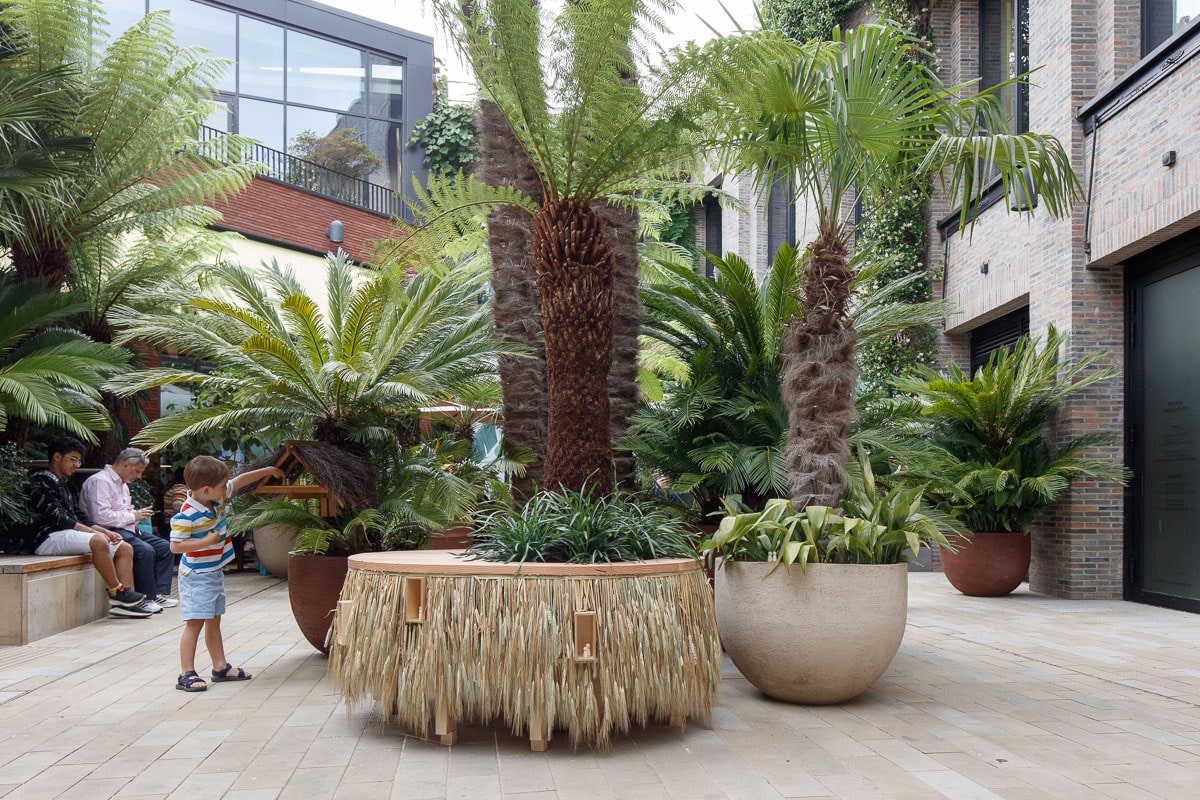

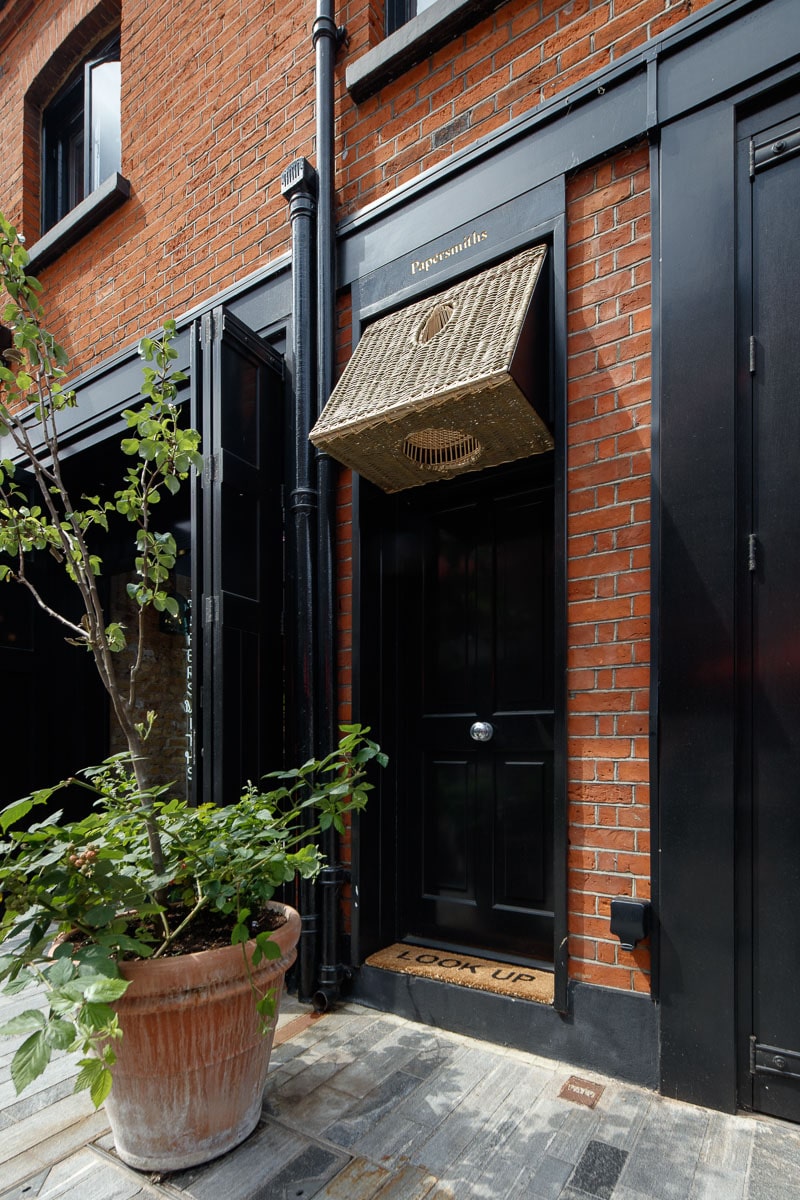
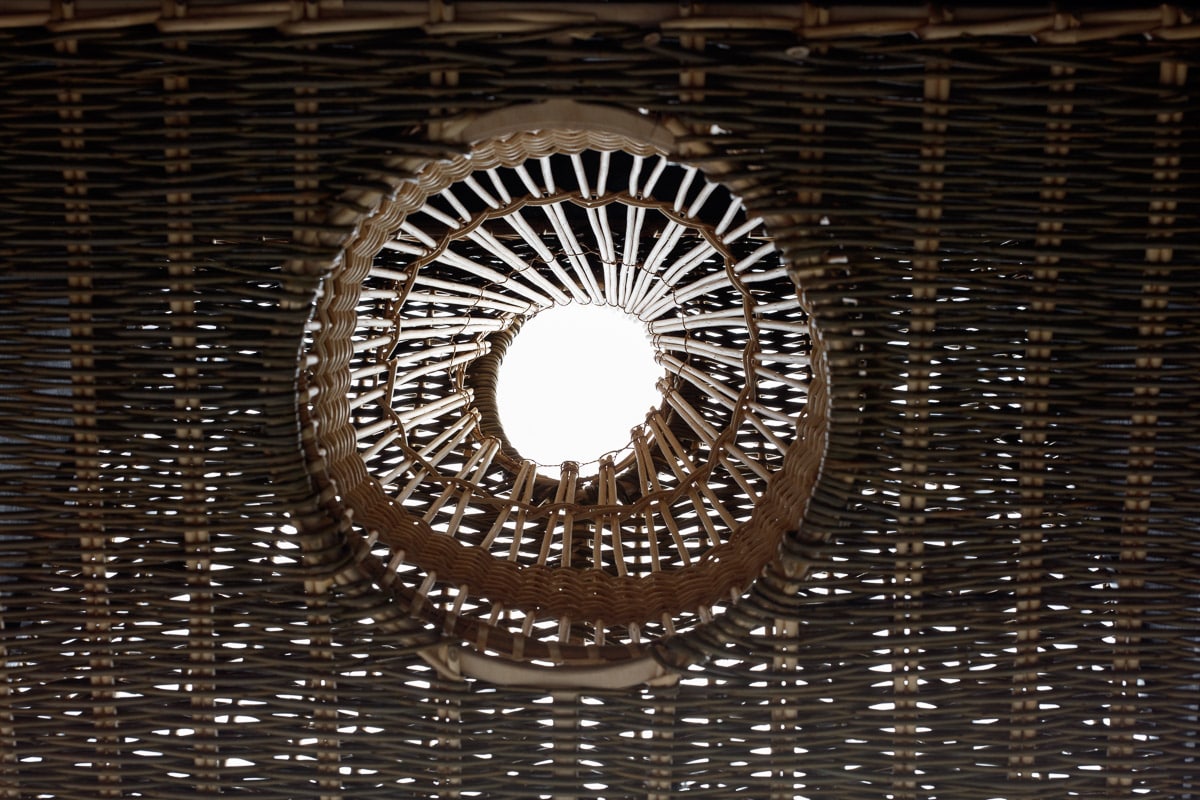
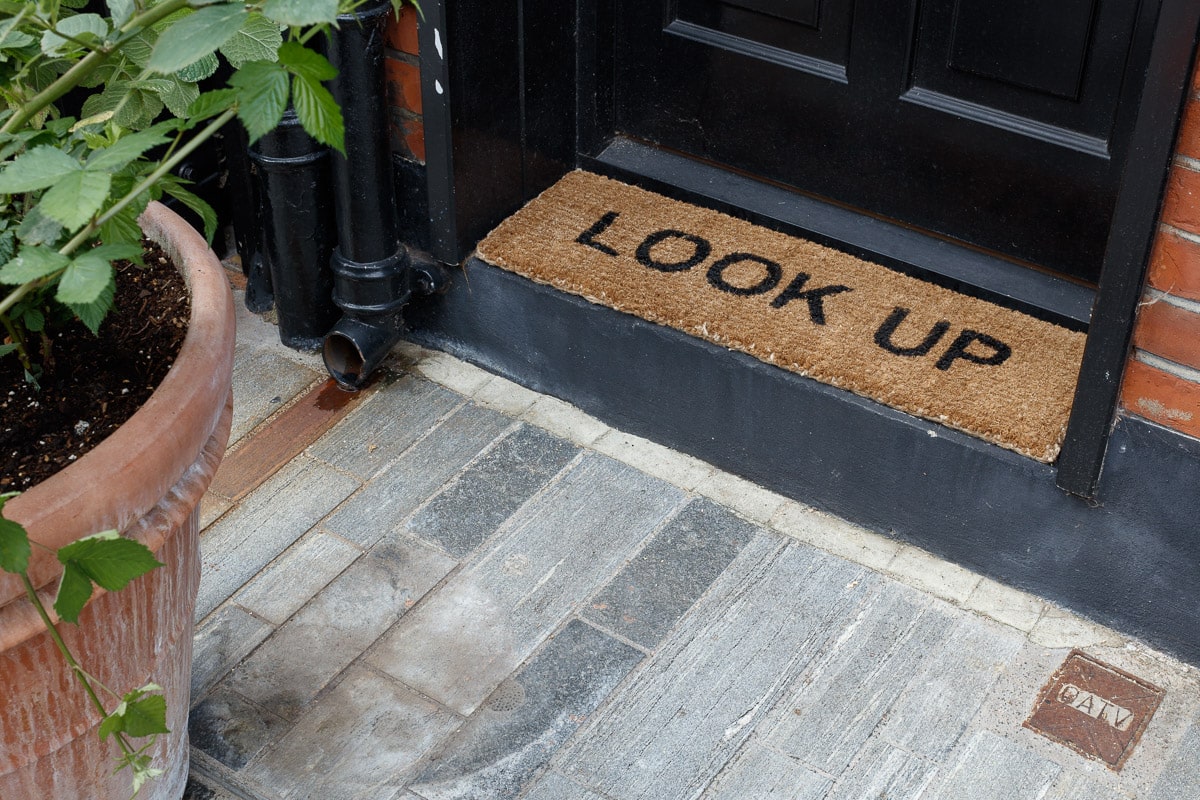
BAYA WEAVER DEN
Hark! how the tune swells, that erewhile did wane!
Look up, love! -Ah! cling close, and never move!
How can I have enough of life and love?
- from ‘October’ by William Morris
The Baya Weaver is a sparrow-sized bird found across South and Southeast Asia. These birds weave elaborate hanging nests from long strips of paddy leaves, rough grasses and long strips torn from palm fronds. They use their beaks to strip and collect long strands, which they then weave and knot to build are retort shaped nest, with a central nesting chamber. Baya Weaver den explores weaving as a way to create a shelter for both animals and humans. Take a seat and look up from below.
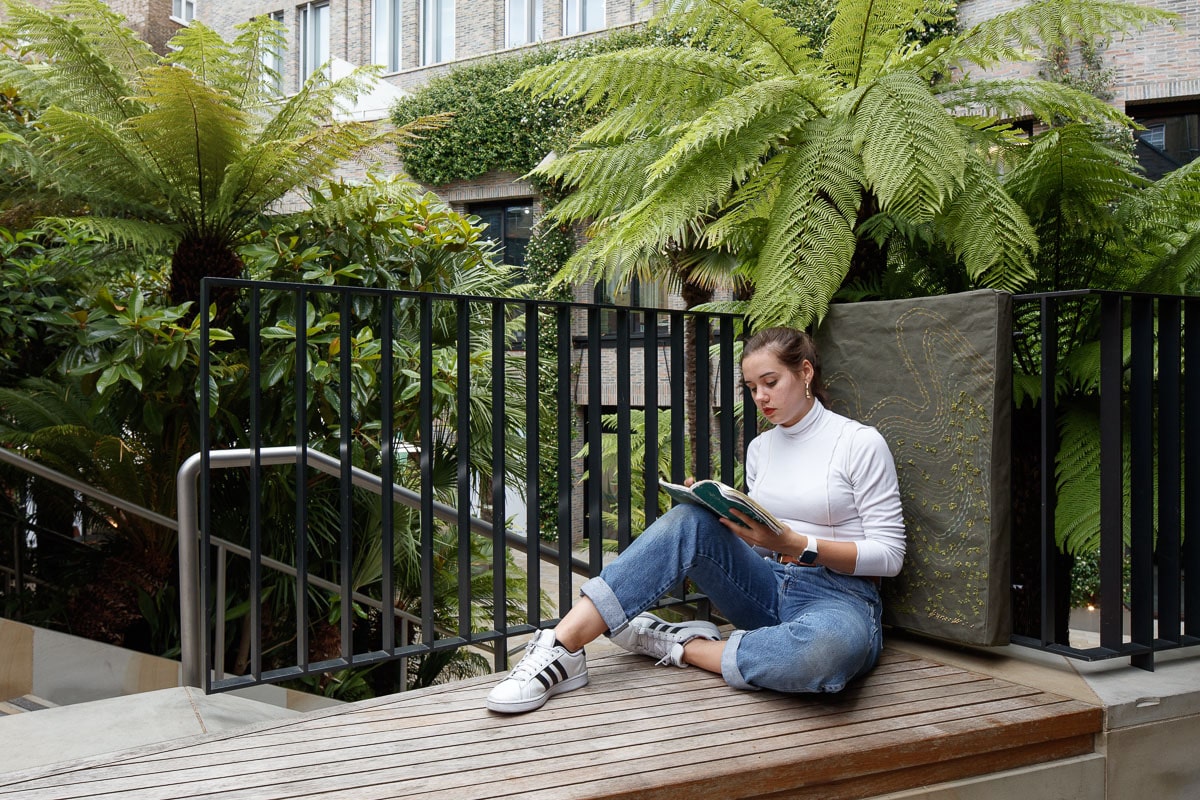
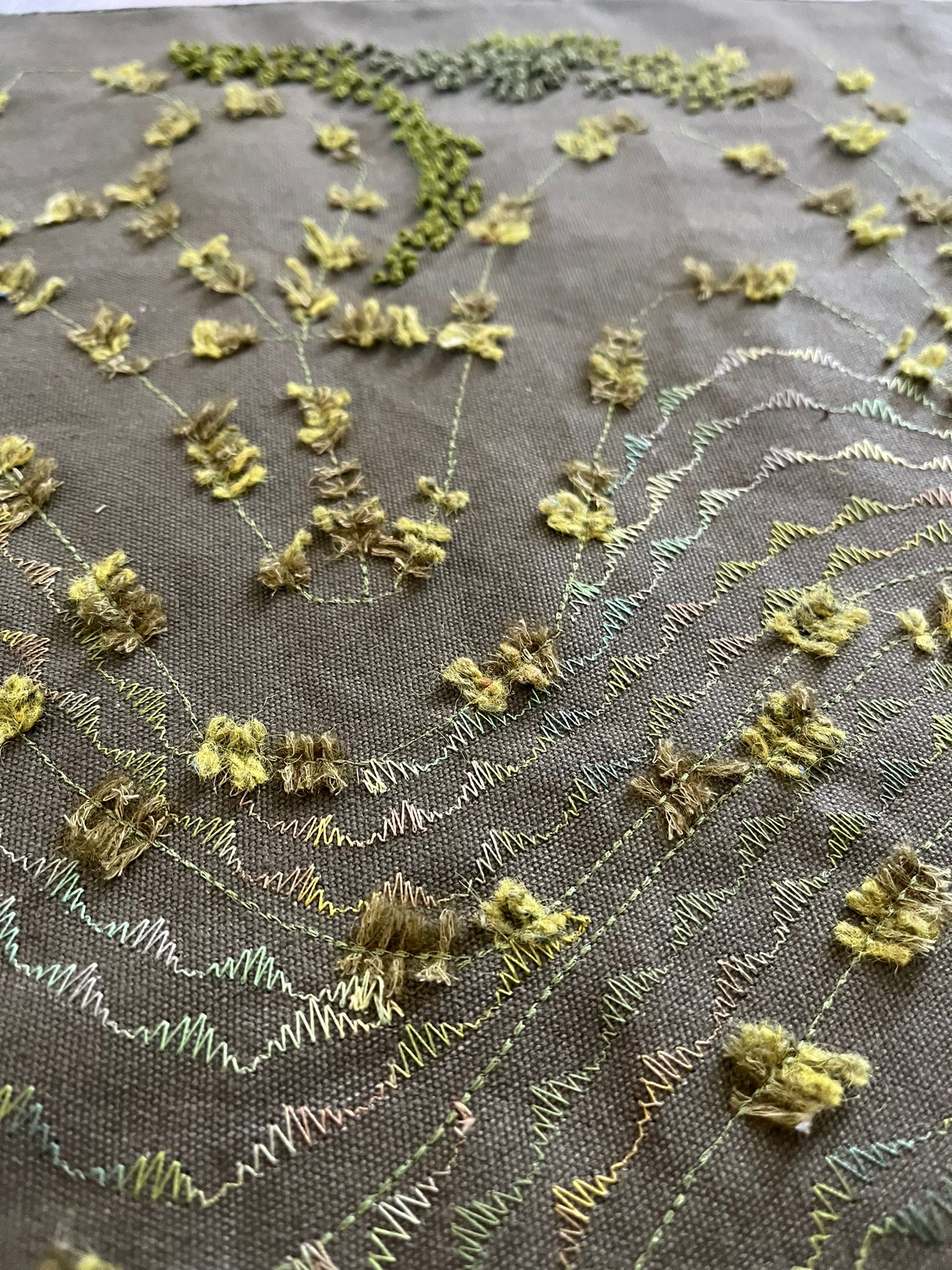
MOSSY MOUND
And when thou art weary I'll find thee a bed,
Of mosses and flowers to pillow thy head.
- from “When thou art weary” by John Keats
Mosses have stems and leaves, but don’t have true roots, allowing them to occupy areas that are otherwise uninhabitable such as rocky ledges on mountainsides. Inspired by this, our proposal imagines a mossy world at human scale, whilst augmenting the public realm by providing a cushioned back rest for those sitting on the bench.
Mosses are among the first plant colonisers of disturbed sites, such as when an area is deforested or affected by forest fires. They stabilise the soil surface and retain water, helping new plants to grow and are essential to a healthy forest floor ecosystem. An inhabited world is re-imagined within the moss, taking queues from atypical growth patterns of moss, at a human scale.
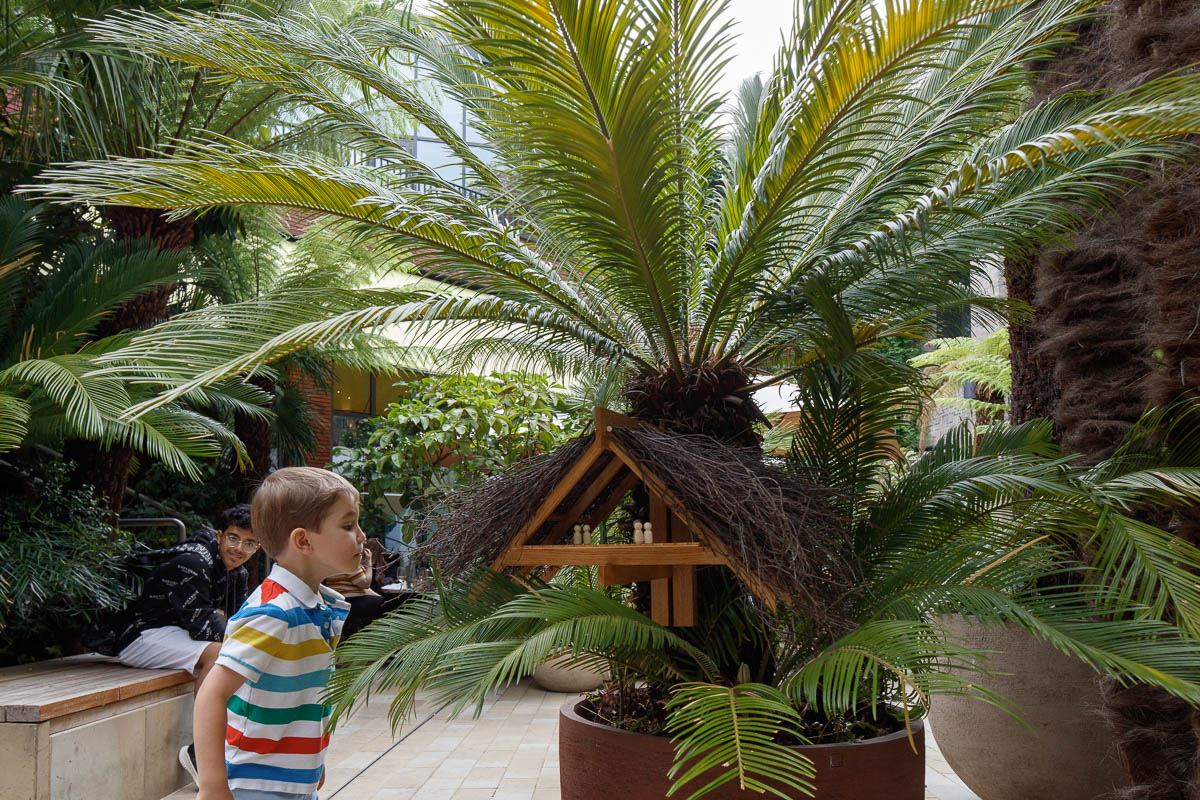
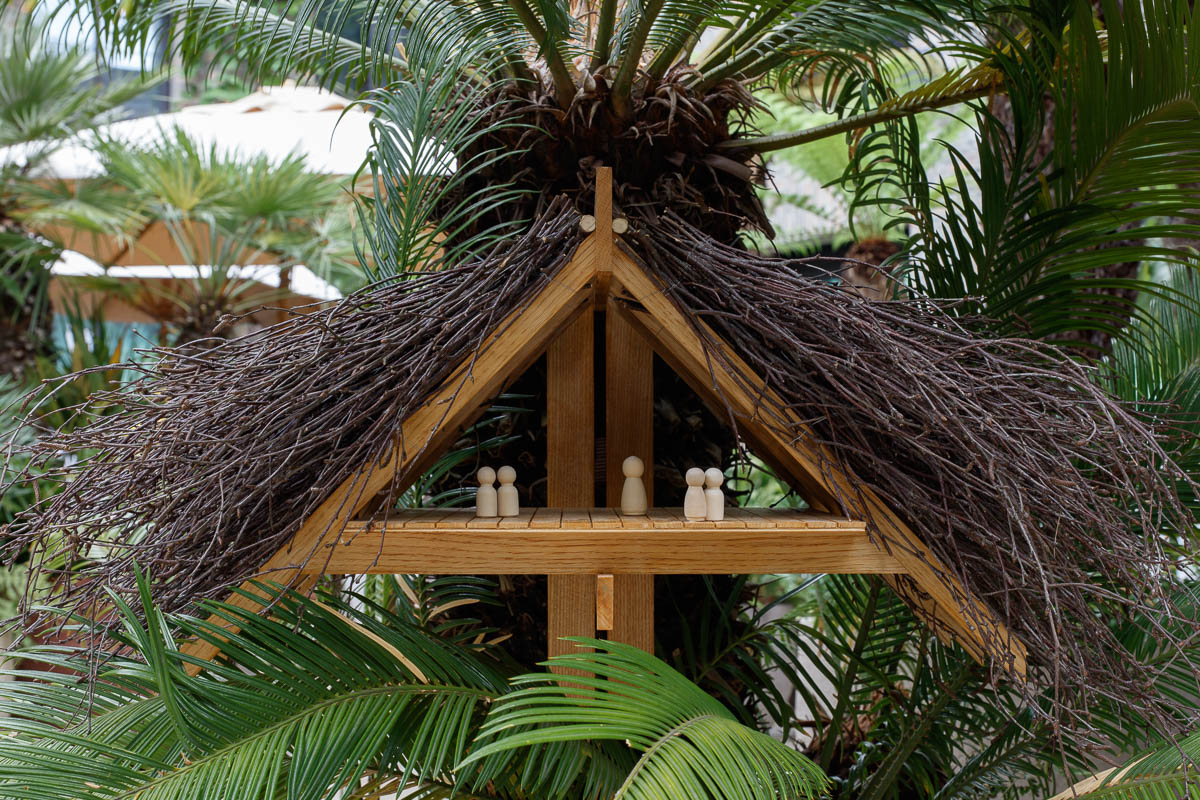
HEDGEHOG HUT
What Twigs We held by—
Oh the View
When Life’s swift River striven through
We pause before a further plunge
To take Momentum—
As the Fringe
- From “What Twigs We held by” by Emily Dickinson
Hedgehogs make nests from mosses, grass, leaves and other garden debris. Hedgehog thatch, explores a series of thatched roofs exploring how humans can use such materials in creating shelters. An oversized timber framed is clad with foraged materials to provide shelter to a platform nestled in the tree canopy like structure, with scale humans living in the trees and plants below.
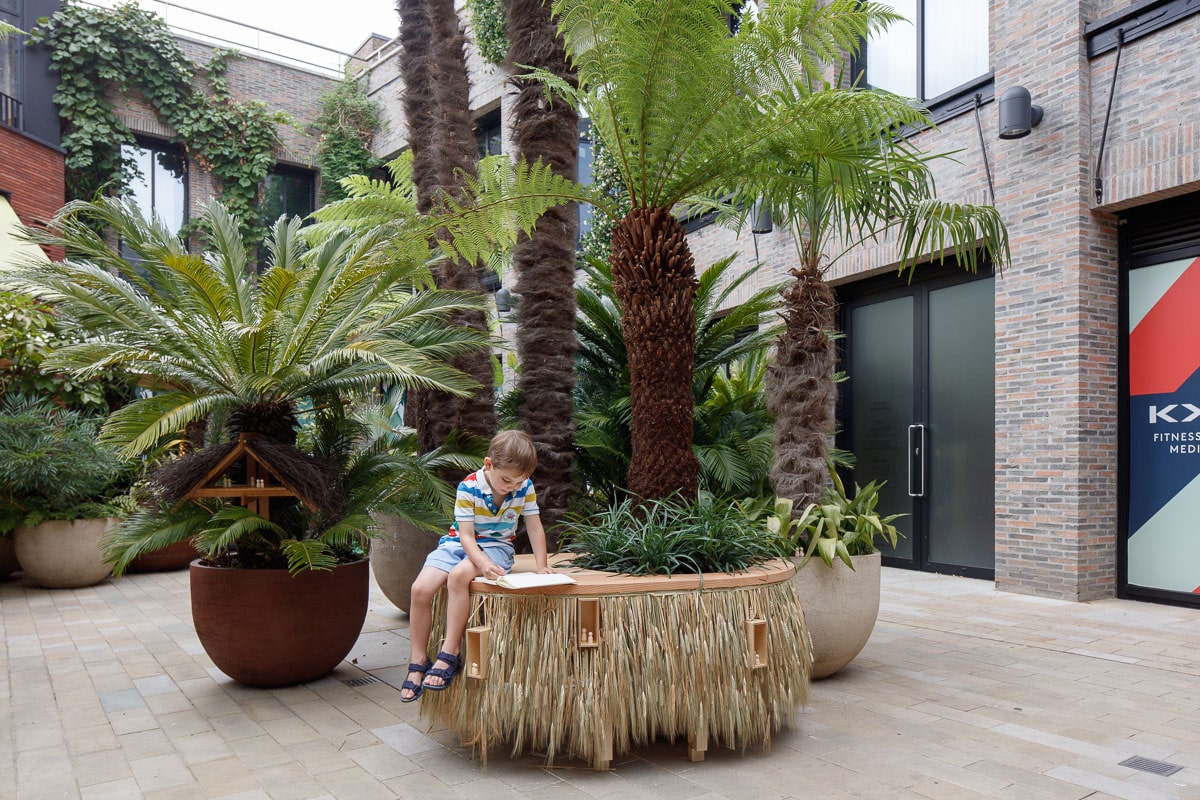

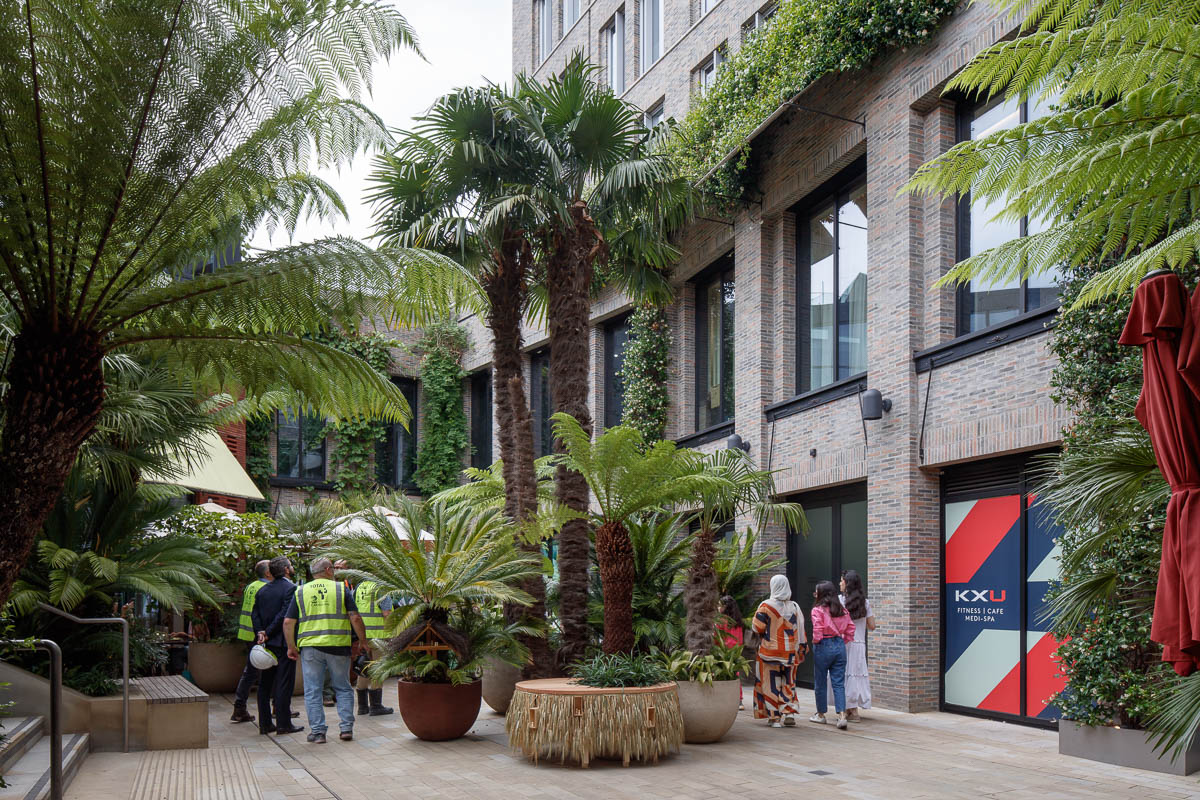
BAT BOARDWALK
“The bat hanging upside down laughs at the topsy-turvy world.”
- Japanese proverb
Bats spend a lot of their time hanging upside down, allowing them to shelter in the undercrofts of buildings creating a home from spaces that are otherwise unused. The bat boardwalk creates a new cyclical promenade around the rim of the plant pot, creating secret habitats and spaces for humans below, fabricated from natural foraged materials, gathered from a recently felled birch tree on common land. In places, the boardwalk is large enough for visitors to sit, it encourages us to crouch and look under and discover hidden habitats.
CLIENT Museum of Architecture
COLLABORATORS Rosie Hervey, Ness Lafoy and Tess Wakeling
PHOTOGRAPHS Luke O'Donovan